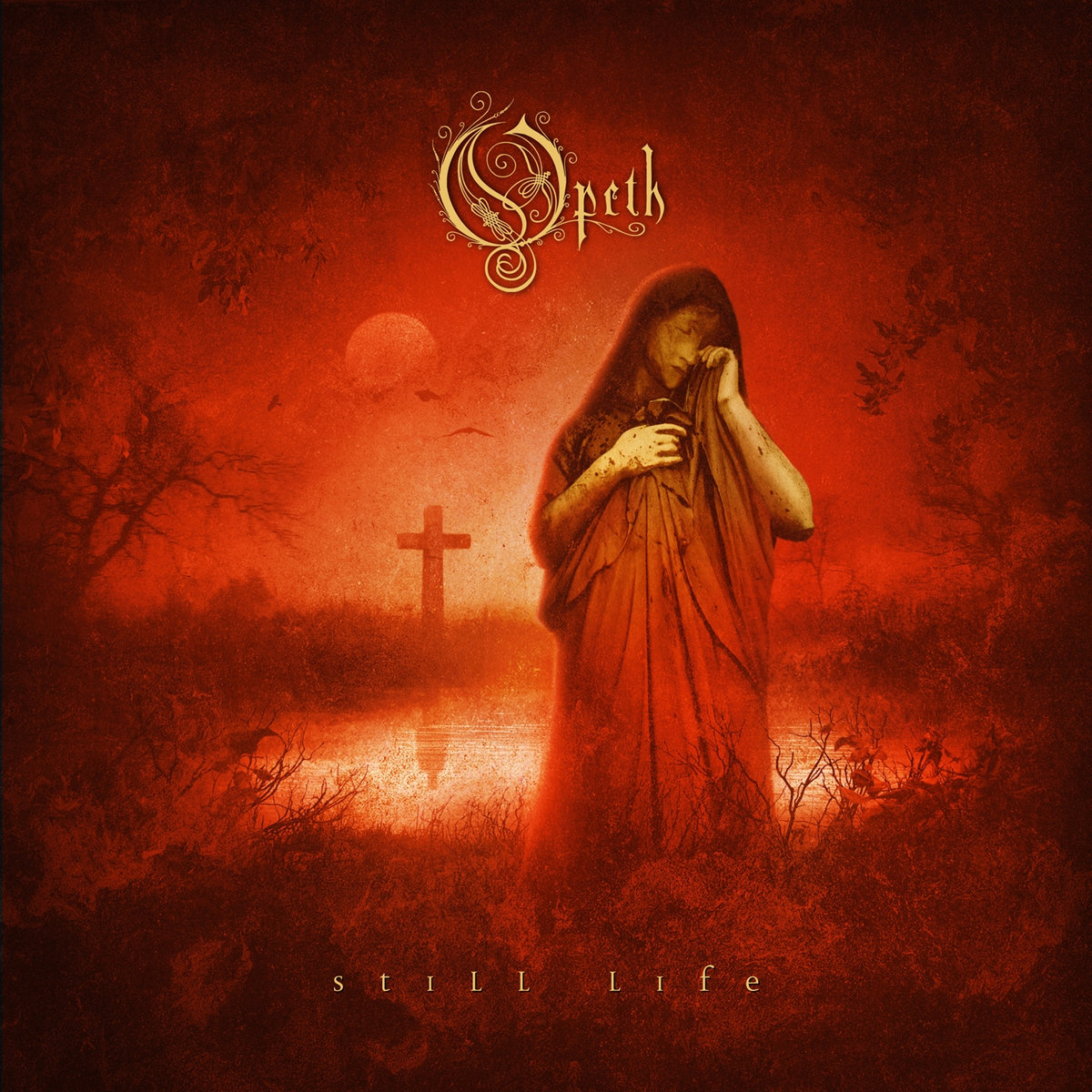Welcome to the second installation of The Metal Minute. If you’re new to this series, I’m taking on the (impossible? delusional? moronic?) task of defining as many metal subgenres as I can.
Last time, I covered the basics of folk metal. This week, I’m shifting focus onto one of my personal favorite metal subgenres: prog.
Progressive Metal: The Foundation
To understand progressive metal, it’s important to first understand progressive rock.
Prog rock blossomed in the late 60’s and early 70’s as a way to imbue rock with “artistic” sensibilities, thus “elevating” the craft. Pretentious British intellectualism aside, the genre served as a platform for artists to subvert and ape the “archetypal” structure of rock.

Groups played with musical structure, tempo, timbre and instrumentation. They also incorporated experimental, classical, jazz, folk and psychedelic influences. Irregularity, complexity and melody defined the genre, paving the way for some truly amazing art.
Progressive rock bands I personally enjoy include King Crimson, Porcupine Tree and Gentle Giant.
The Fusion
Many sources state that progressive metal emerged in the late 80’s. What’s important to note here is the word “emerged.”
It would be inaccurate to claim that the genre “began” at a specific point in time, because prior to progressive metal’s “solidification,” the worlds of metal and prog rock had already melded several times.
In Jeff Wagner’s “Mean Deviation,” he mentions the influence of King Crimson’s 1974 album “Red,” which frontman Robert Fripp himself considered “a beautiful piece of heavy metal.”
Other groups like Led Zeppelin, Rush and Deep Purple experimented with sounds that could also be considered proto-progressive metal.

Music under the official title of “progressive metal” was spearheaded by bands like Queensrÿche, who fused the cerebral style of progressive rock with the characteristic aggression and heft of metal.
Though largely relegated to the realm of the underground well into the 90’s, progressive metal — like the genres that produced it — metamorphozed into a many-headed beast.
Rules and standards were continually established and surpassed as artists discovered new inspirations, furthered their experimentation and diverged from their peers.
As a result, it’s honestly kind of hard to lay out a concrete definition of progressive metal. But in this instance, is something concrete really necessary?
In the words of Wagner:
One thing prog metal certainly is, is metal. Hard and bold and brash, but refined, adulterated, and mutated; it is heavy metal taken somewhere illuminating and sometimes bizarre.
Jeff Wagner, “Mean Deviation: Four Decades of Progressive Heavy Metal,” pg. 19.
Progressive Metal Today
Today, the first band most people imagine when thinking of progressive metal is TOOL.
Formed in 1990, TOOL is lauded for its stylistic complexity. The band’s discography features uncommon time signatures, experimental sound and tonal effects, occultist themes and meticulous composition.
The band’s song “Lateralus” was so influential that it has its own Wikipedia page.

Other prominent prog metal bands are Opeth, Soen, Polyphia, Dream Theater and many others.
Songs by these artists are entrancing and multifaceted, often with several “acts” and incorporating styles from jazz, folk, psychedelic and many others.
If you’re hesitant about diving headfirst into the metal scene, prog might be a good place to start.

